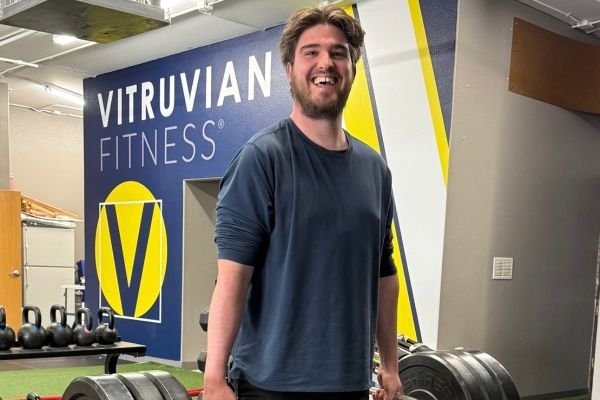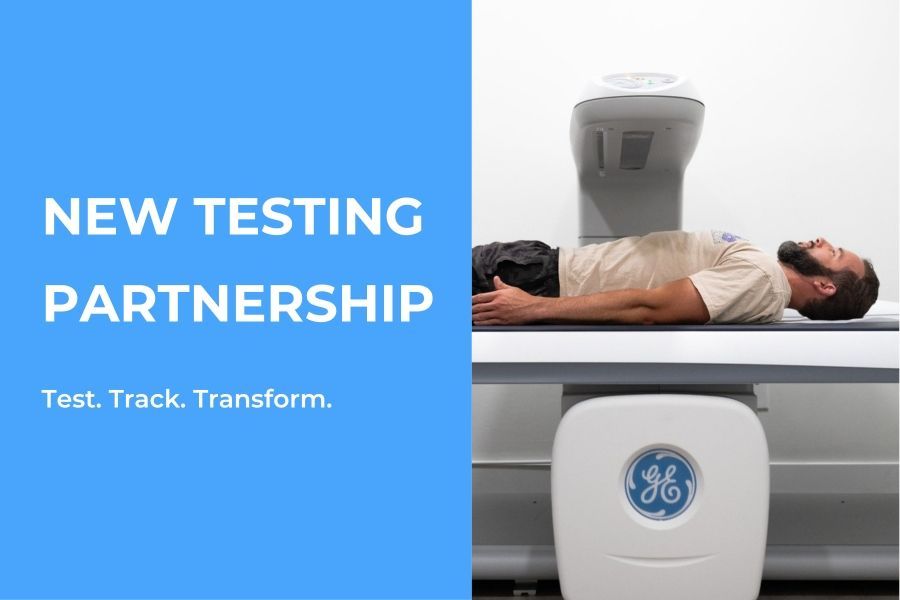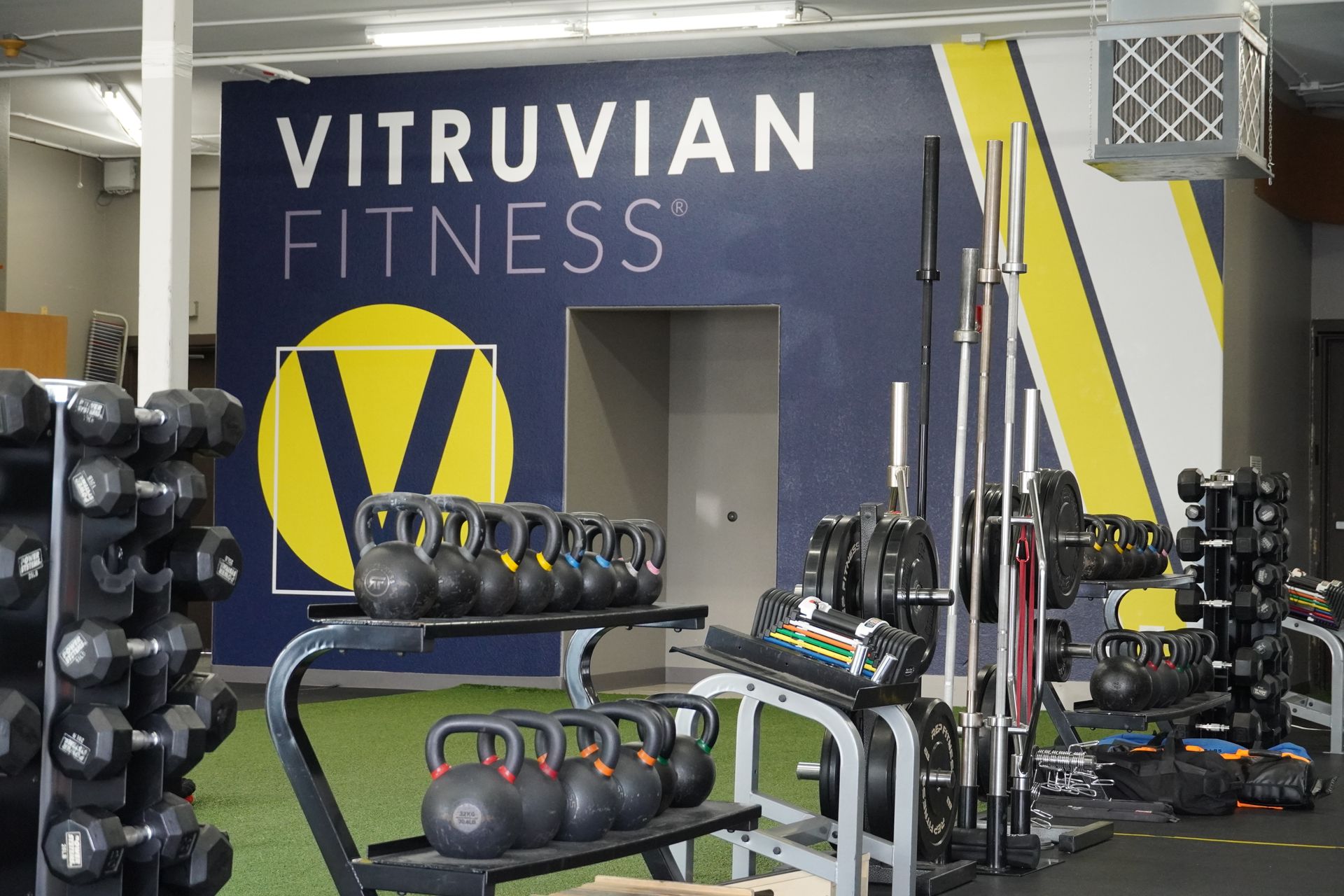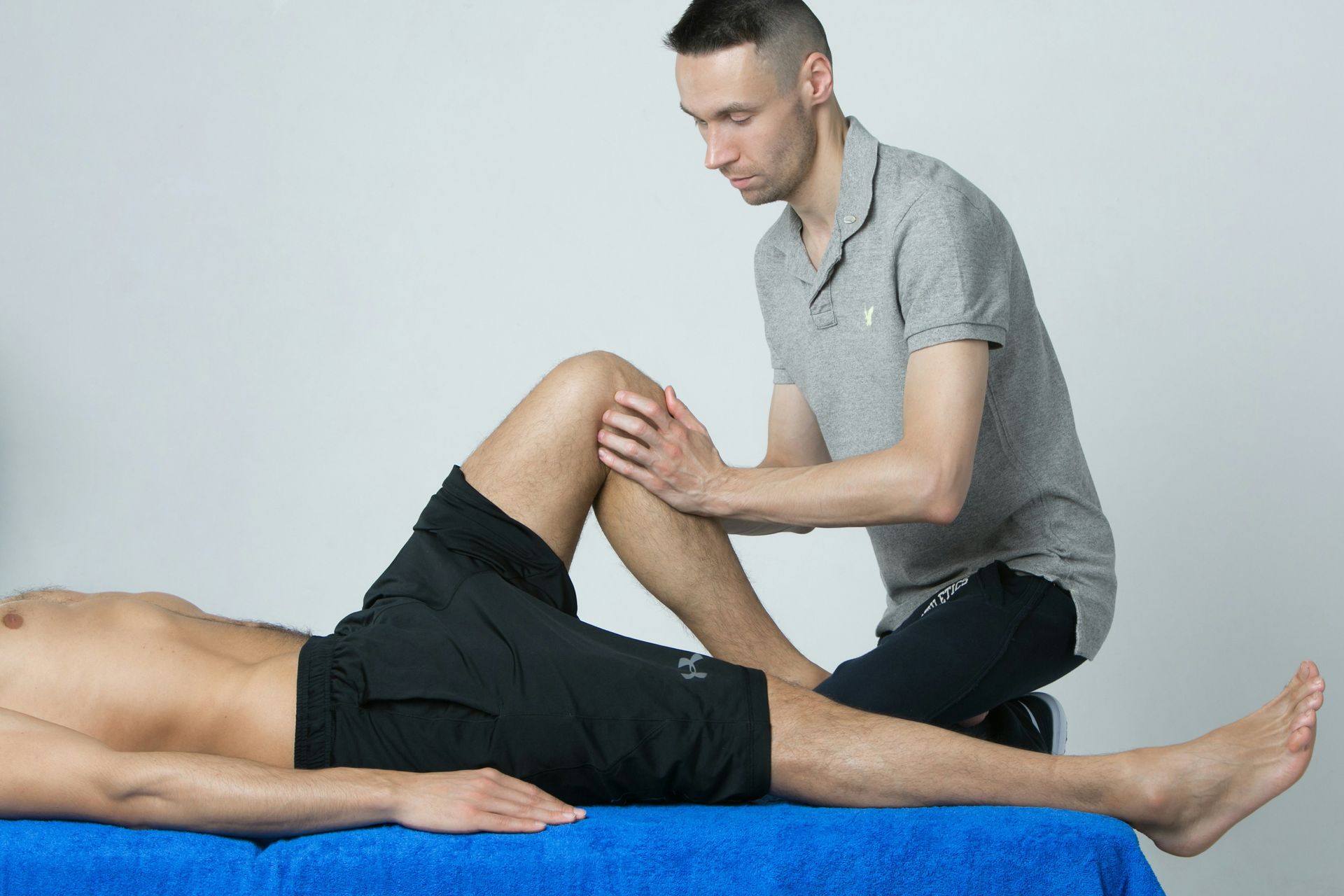Lactate Threshold Simplified

Lactate Threshold – What It Is and Why It Matters
Lactate Threshold refers to a point during physical exertion where the body's ability to remove lactate from the bloodstream is outpaced by its production, often indicating a transition to anaerobic metabolism. Lactate Threshold is an exercise intensity that is generally sustainable for almost 60 minutes (depending on fitness levels and other factors) without taking a break. And improving how well you perform at threshold is the purpose of training it.
What is Lactate?
Lactate, often referred to as lactic acid (although this is technically incorrect), is a chemical byproduct of metabolism produced in the body during all intensities of any exercise. At low to medium intensities, lactate is recycled as an energy source. Lactate production increases as the intensity of the work increases eventually producing more than the body can recycle.
At this level of intensity, when we're producing more lactate than can be recycled, we start to feel fatigue and a burning sensation in our muscles. As intensity and time continue, the fatigue and burning will become so significant that we have no choice but to stop what we’re doing.
Myth-buster time. Feel the burn? That's not lactic acid.
Contrary to popular belief, the burn is not caused by the lactate or lactic acid. The "burn" is an accumulation of hydrogen ions that is also increasing with the intensity of the exercise. That acidic response is coincidental to the accumulation of lactate. Lactate is simply the chemical we can measure and it just happens to correlate with the rise in acidosis taking place in the tissues.
What's the threshold?
The threshold is sort of like a steep cliff. As the work intensity increases, our ability to maintain a sustained effort gradually decreases. As you can see from the chart below, work done in Zone 1 can be done all day. As you move up in intensity, the duration of the activity decreases somewhat linearly until you reach the line between Zones 4 and 5 where the duration drops from about an hour to about 10 minutes.
That line between being able to go for about an hour and then only a few minutes is the threshold.
Lactate Threshold can be estimated using a variety of metrics: heart rate, power, pace, or oxygen saturation. In many settings, heart rate may be the easiest and least expensive way to measure intensity. However, power meters on bicycles and smart trainers are becoming more affordable and more common. We refer to the heart rate at threshold as Lactate Threshold Heart Rate – LTHR. We refer to power output at threshold Functional Threshold Power - FTP.
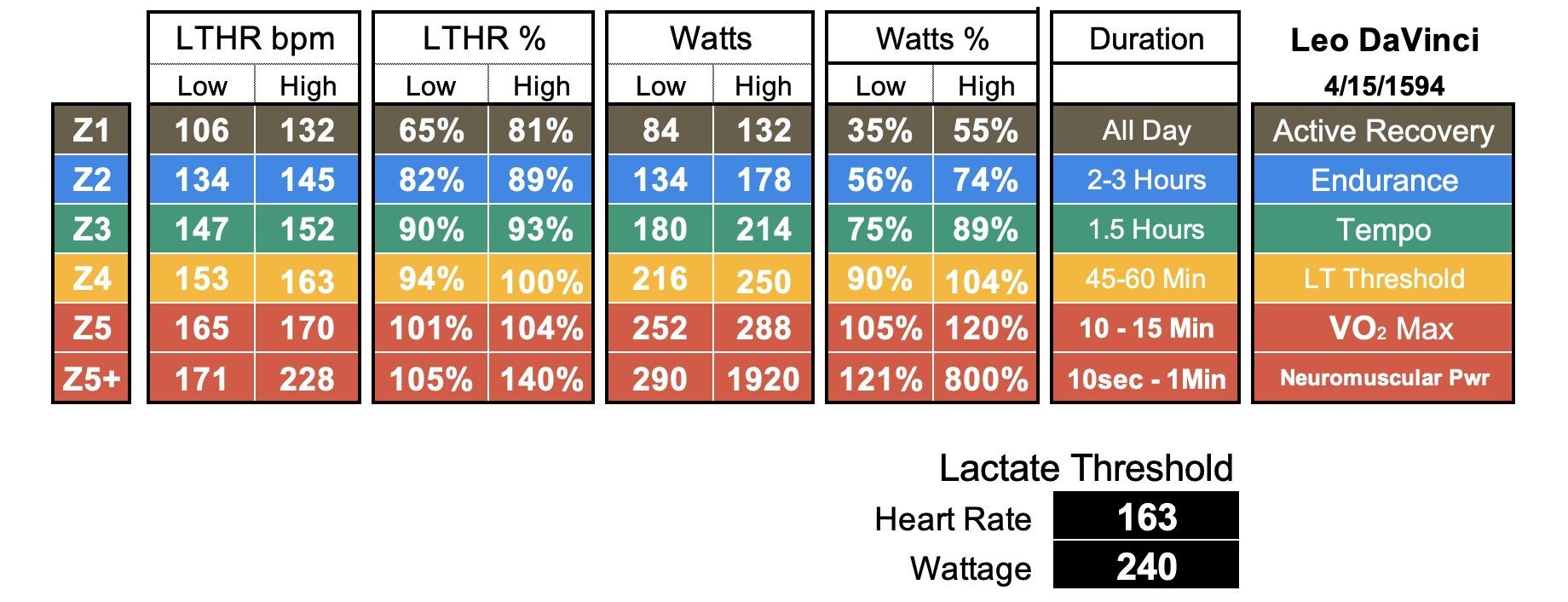
Training
Like training for any type of physical adaptation, the longterm outcome depends on the training stimuli.
Training intensities are expressed as zones and each zone has a known physiological benefit. You can read about training zones in more detail here.
In training, we target various percentages of that lactate threshold heart rate to improve different aspects of our fitness. Note, we're not talking about your Maximum Heart Rate. That number is virtually irrelevant. More on that in a second.
For example, training at lower percentages of LTHR for long periods of time can be used to improve general endurance and improve fat as a primary energy source.
Training at higher percentages of LTHR can be used to improve power, strength, and speed.
Performing intervals of extra-high intensity followed by full recovery periods improves the mechanisms in our bodies that contribute to performance enhancement across the board.
A good program incorporates all of these training zones at various stages to reach peak fitness.
Pacing ourselves.
Another benefit of knowing one's LTHR is how to pace an event. If we know how long we can keep up a pace at a certain percentage of LTHR, we can use that knowledge to pace ourselves.
If an event is going to be long like a half marathon and you think it's going to take you about 2 hours, you'll want to run as fast as you can with your heart rate at about 85% of your LTHR.
If your event is going to be over in about 45 minutes, you'll want to pace yourself with your heart rate at about 100% of LTHR.
Long race - easy pace. Short race, intense pace. That's the intuitive part. But knowing your actual training zones removes much of the guess work out of it.
Maximum Heart Rate
Way back in the day when we were wearing neon leotards and leg warmers, we used to refer to a magical 80% of your maximum heart rate being the “aerobic threshold” which was supposed to be what we now know as our hour-long pace or LTHR. The “inventors” of this method had good intentions but the science of endurance and metabolism is much too complex to rely on simple math. We were told that your maximum heart rate could be calculated based on your age and 80% of the max was the threshold. It was an oversimplification that had no basis in actual science.
Besides not being a function of age, it turns out your maximum heart rate is totally irrelevant. What is relevant is your overall blood volume, stroke volume, maximal oxygen uptake (VO2 Max), amount and quality of Type I and II muscle fibers (fast twitch vs. slow twitch), mitochondrial density, capillary density, lactate utilization, recovery time, hydration, sleep quality, stress, . . . and those physiological adaptations are totally trainable.
What's the point then?
Before we go too much farther, let’s remind ourselves what we’re trying to accomplish. At minimum, our goal is to become healthier. At best, we want to get faster, more efficient, stronger, more powerful, better looking, and more interesting at parties. Right?
To measure this, we’ll compare two numbers and that’s how we gauge if and by how much we’ve improved.
We'll use cycling as an example.
How hard you're working on a bike can be measured 3 ways depending on a few variables:
- Estimating your Rating of Perceived Exertion (RPE),
- Power measured in watts or Functional Threshold Power (FTP),
- Speed.
Using the speed example, at the beginning of a training block, ride your bike for 60 minutes as fast as you can and measure how far you went. At the end of the training block (say 6 weeks), ride exactly the same route as fast as you can and measure how far you went. If you went farther, you went faster. Because it was an hour long test (the threshold time constraint), your threshold output improved.
You can use the same type of testing for RPE or FTP. Going faster at the same RPE is an improvement in LTHR. Generating more watts is an improvement in FTP.
Here’s an actual example of one of our clients at Vitruvian Fitness. In one season, this client was able to increase his threshold heart rate by 14 beats per minute (10% improvement) and his power output by 60 watts (21.4% improvement). In this case, he improved his cardio-vascular capacity while simultaneously improving his strength and speed.
Stated more simply, this means is he increased his hour-long cruising speed from 20 miles per hour to 24 miles per hour. In other words, he could go 4 more miles in 60 minutes without working any harder.
In summary, there are two types of objectives here. The first is to improve your general cardio-vascular fitness. This can be measured in an increase in LTHR. The second is to improve your performance at threshold. This can be measured in a FTP or distance travelled over time.
Lactate Threshold is still a topic that creates a lot of discourse because there is a fair amount of misunderstanding on the subject. And frankly, scientists may learn more that could totally invalidate virtually everything we wrote here. Just remember why this matters – we’re trying to get healthier and go faster. Eat some good food. And have fun. In no particular order.
Want to learn more? Follow this link to a great in-depth article on the subject.
You might also enjoy these posts . . .
